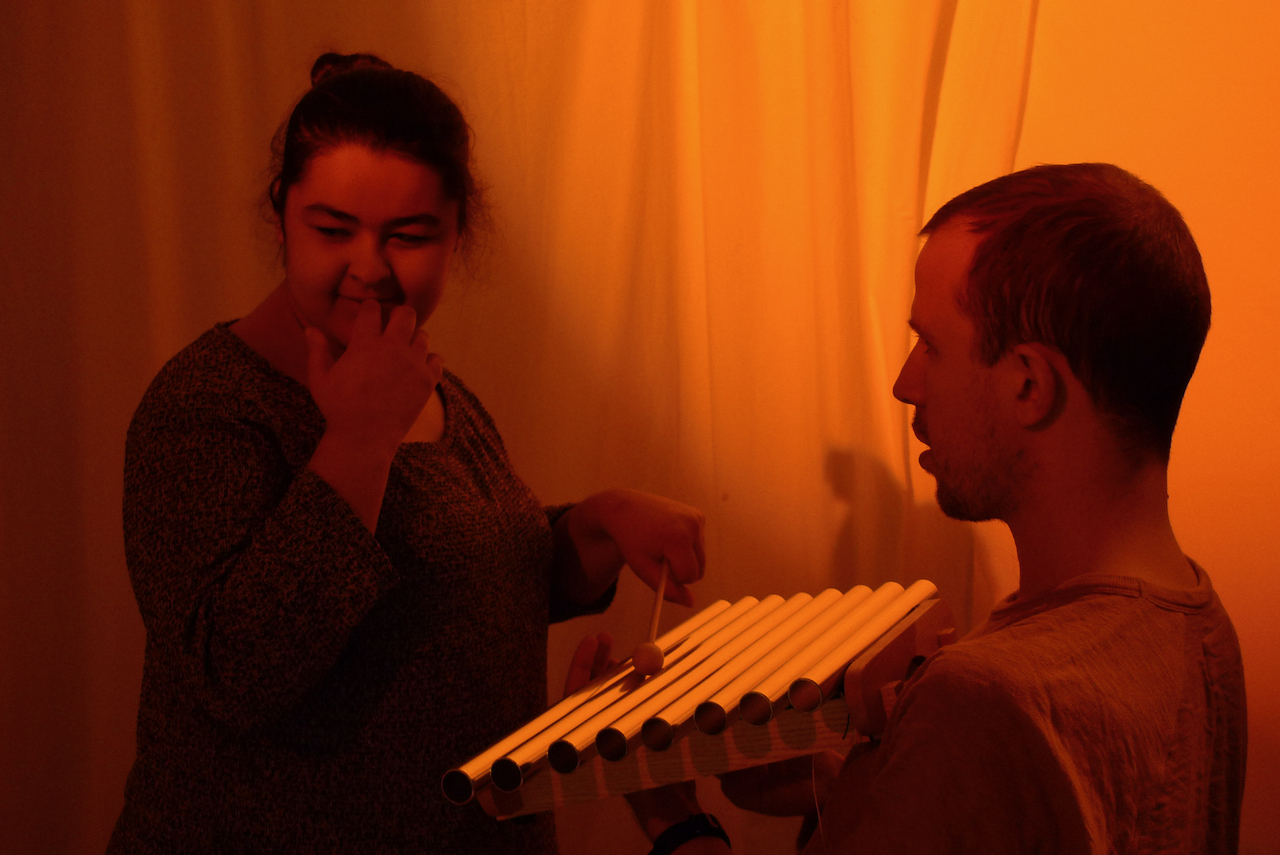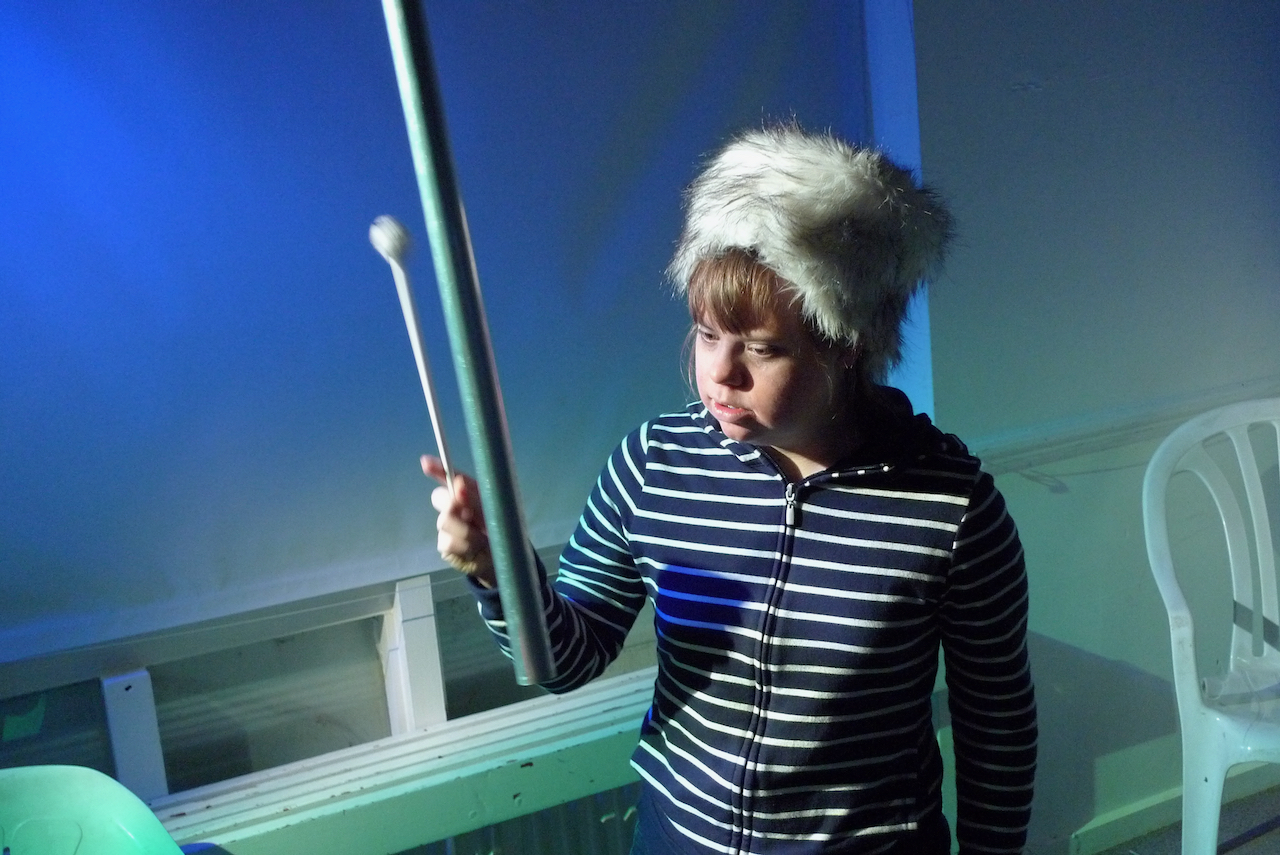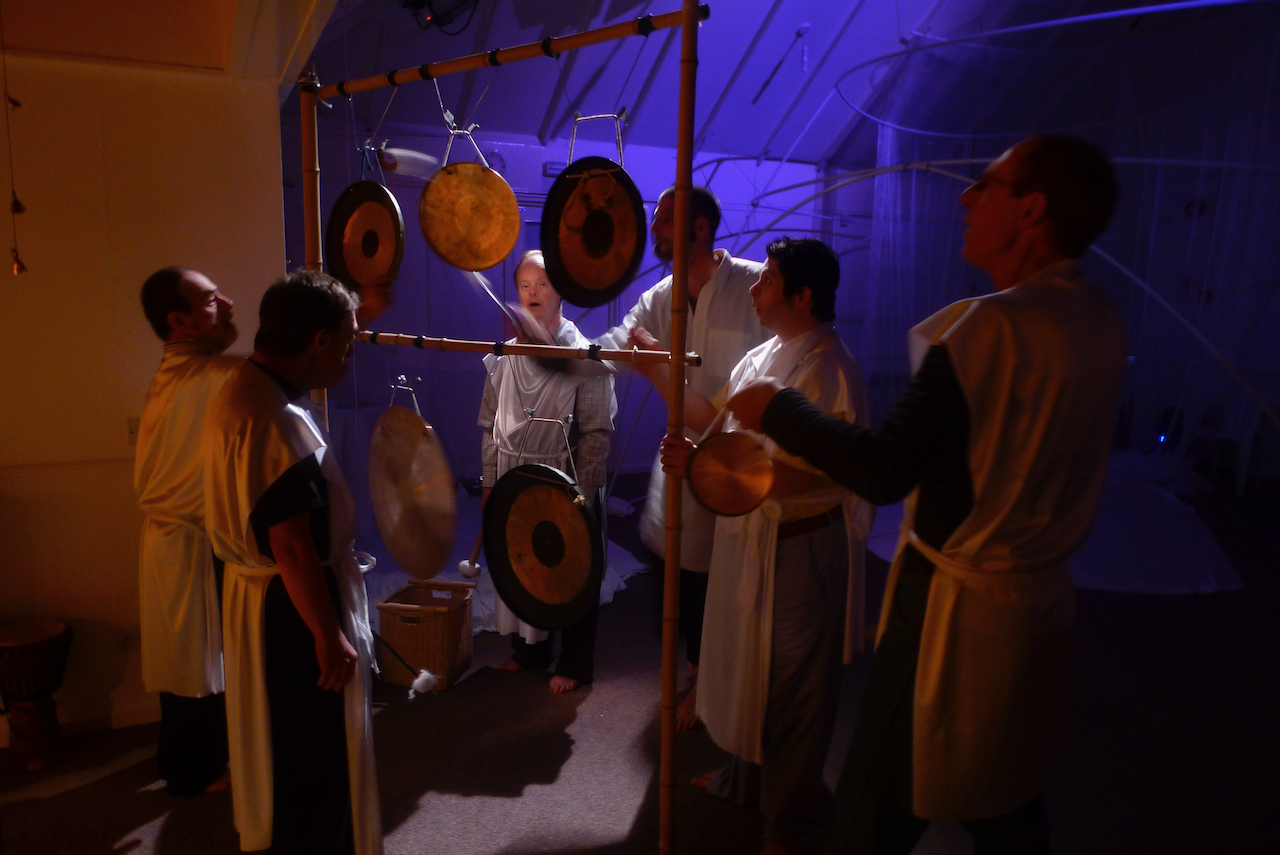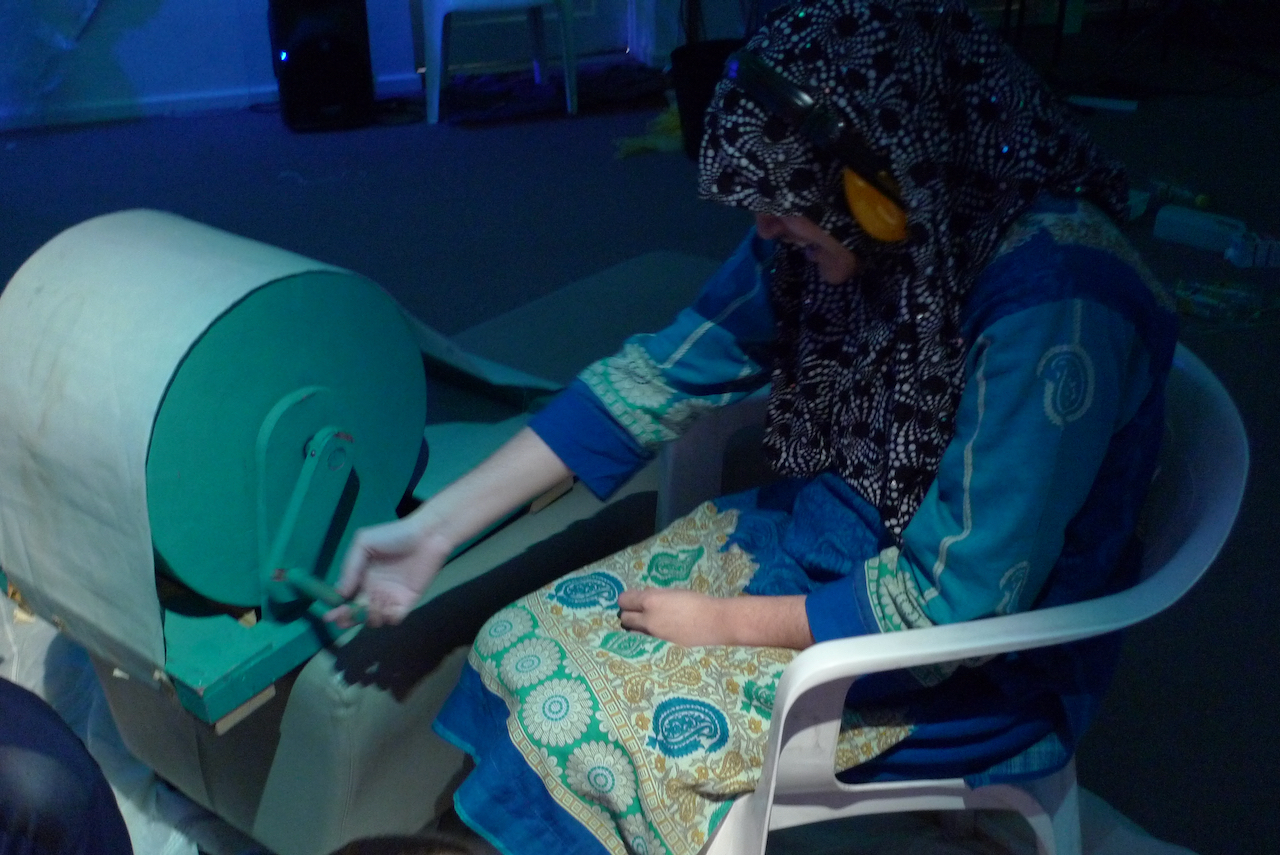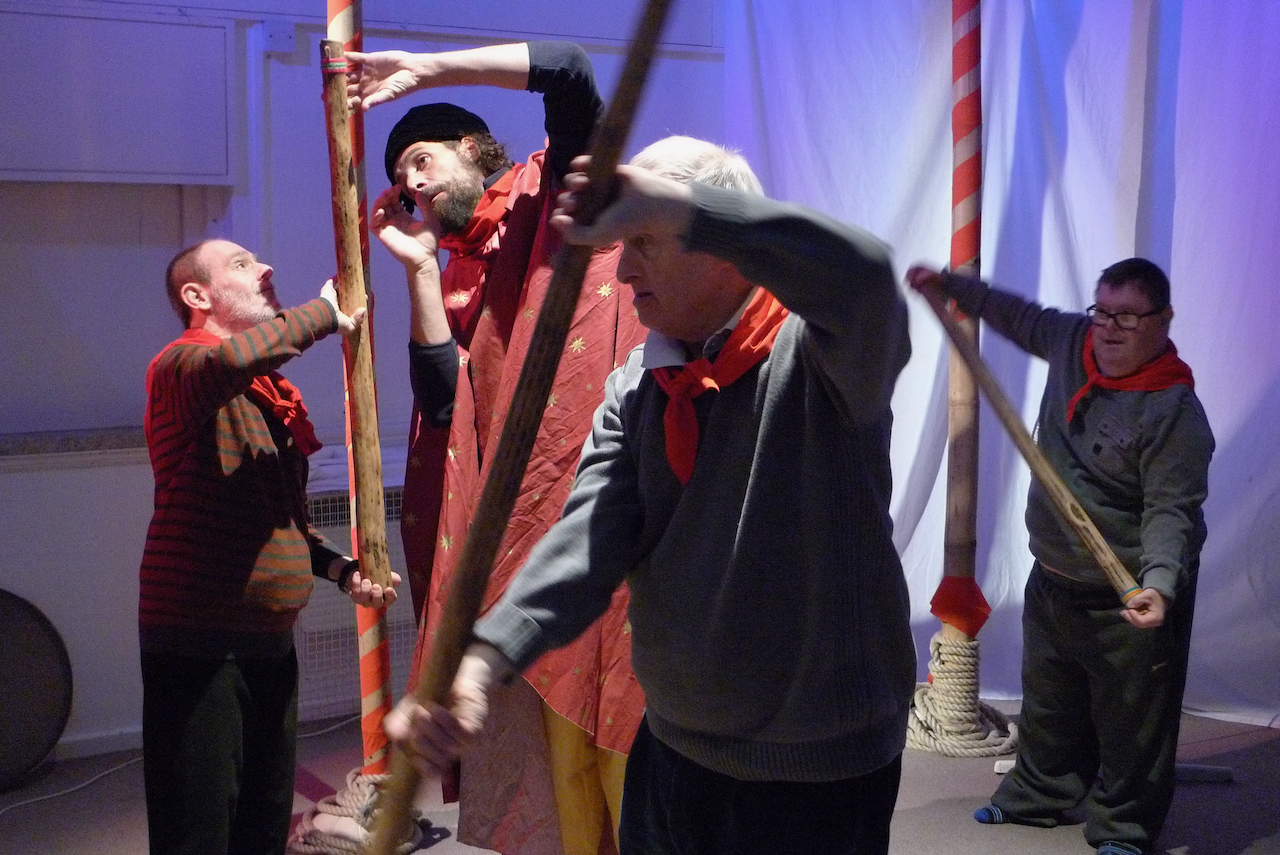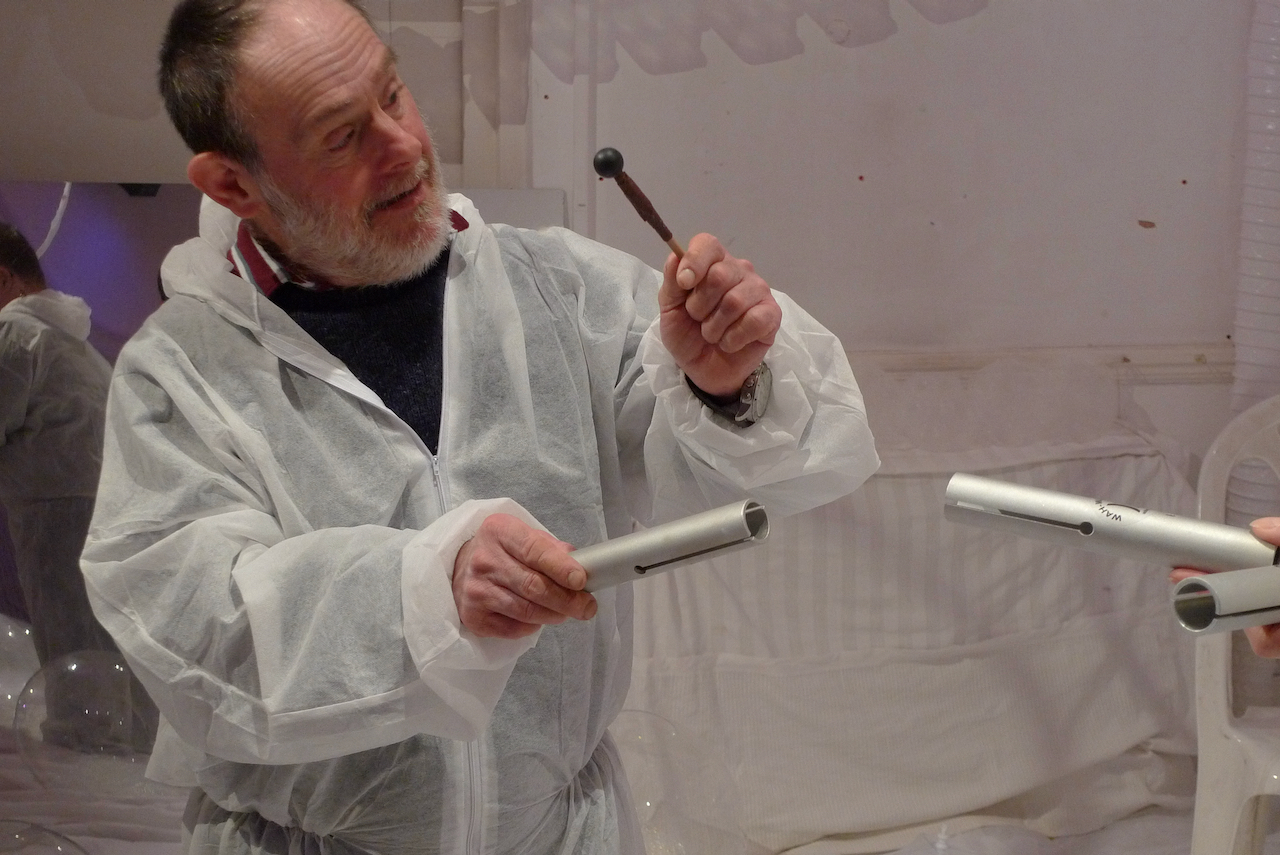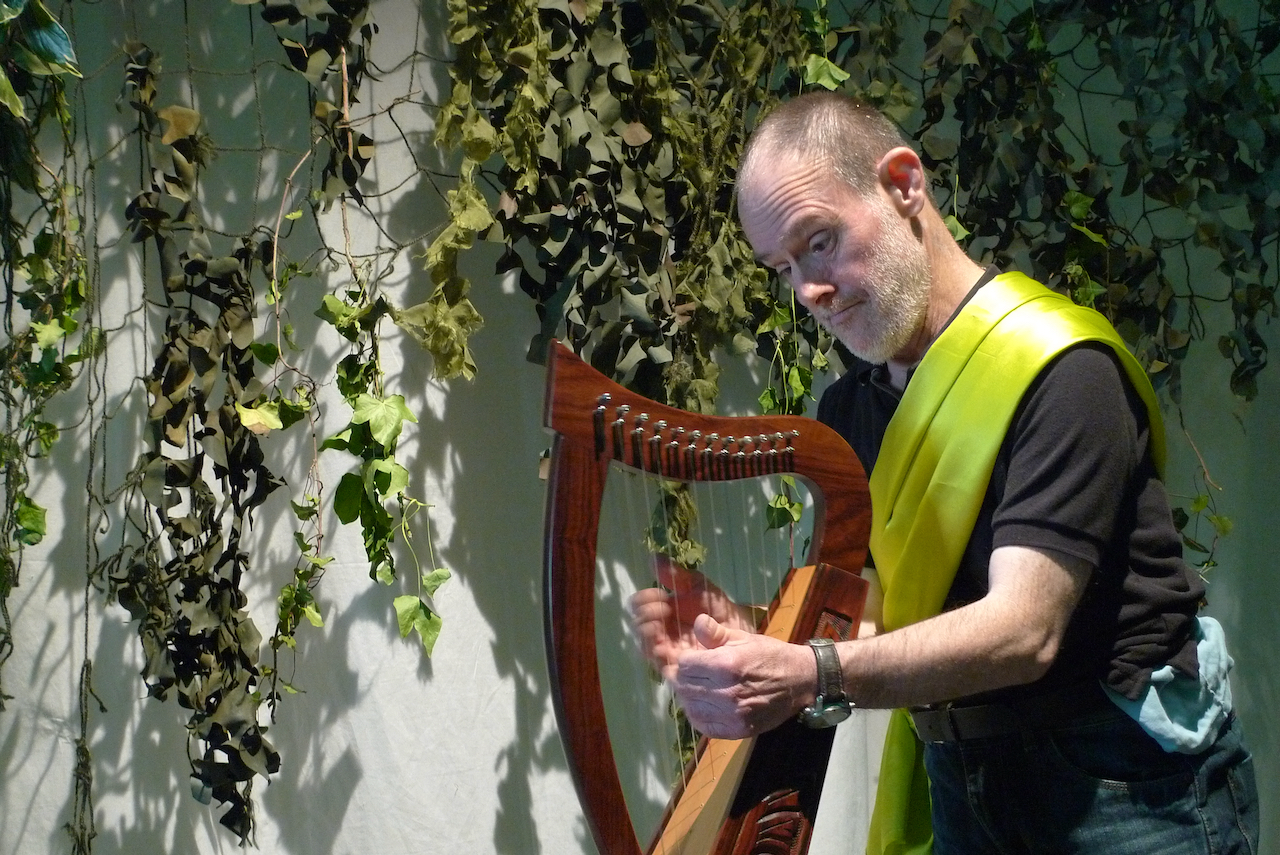Music/Instruments
Music and sound are vital aspects of our
workshops, with a professional musician accompanying each session to create an
original score. Having the confidence to use instruments yourself in creative
sessions is incredibly useful and comes with practice. Music is one of the great motivators in this
area of work and there are many different
instruments that are particularly suitable both for their sound quality and
ease of use. They can reinforce the thematic content of a
workshop e.g. using wooden instruments when doing a forest workshop.
They produce specific, distinct qualities of
sound, are often intriguing objects in
themselves that encourage tactile exploration and they can often be tuned to work together. Grouping instruments with similar
characteristics, for example wooden sounds, string sounds or metallic sounds,
keeps each session distinct and allows you to use the quality of the sound to
reinforce and support the overall theme.
Remember that you have a distinct view of how
to play an instrument that your participants may not share. Allow plenty of
time for exploration and discovery. A participant may wish to turn the instrument over, explore its texture, or feel it with their tongue. All instruments should be washed after use in this way.
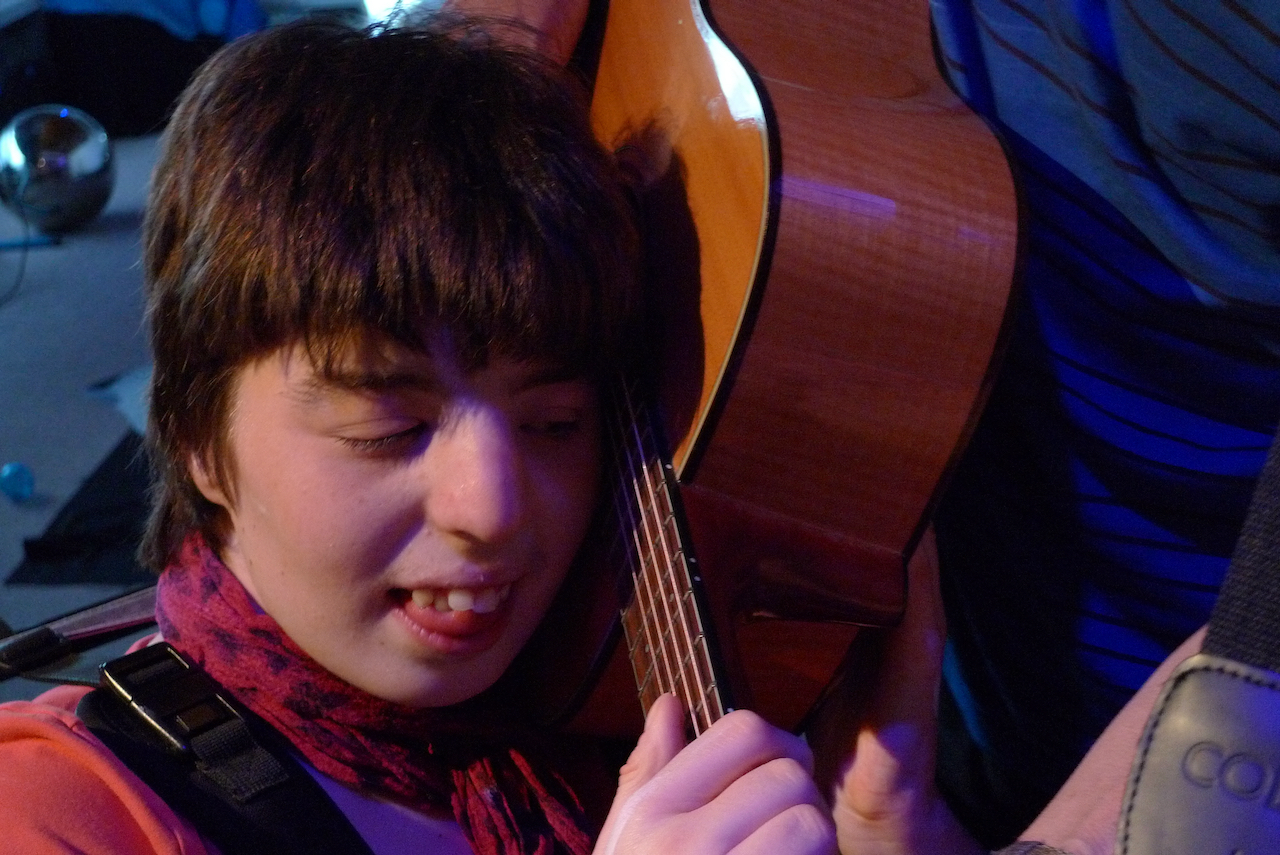
Try and position the instrument so that the participant has the best chance of being able to play it. It may be that they prefer to feel it with their feet rather than with their hands.
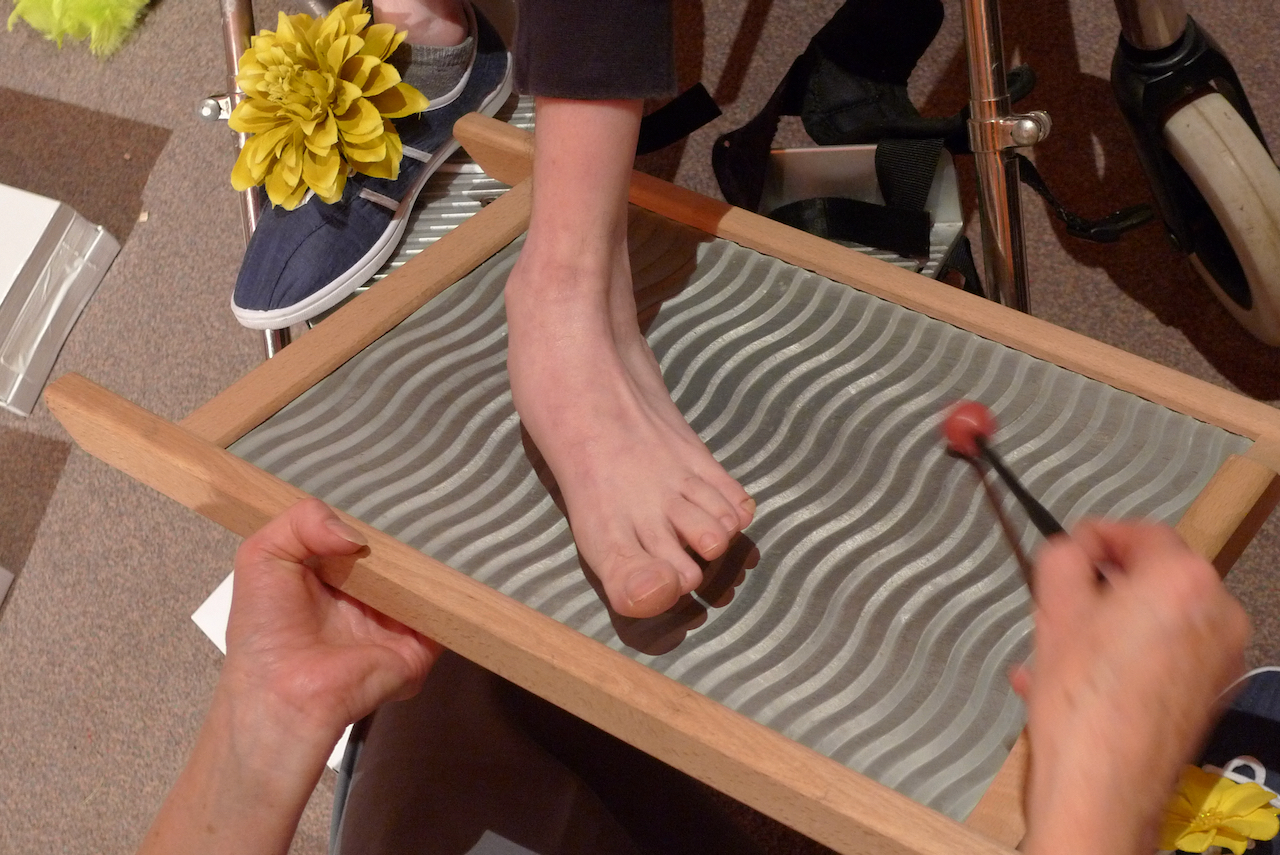
Carefully select which beaters you provide. The wrong beater in an enthusiastic percussionist’s hands can be a bit of an ordeal for everyone else. In general, hard wooden beaters are used with quieter instruments like glockenspiels and softer beaters are used with larger metallophones and gongs
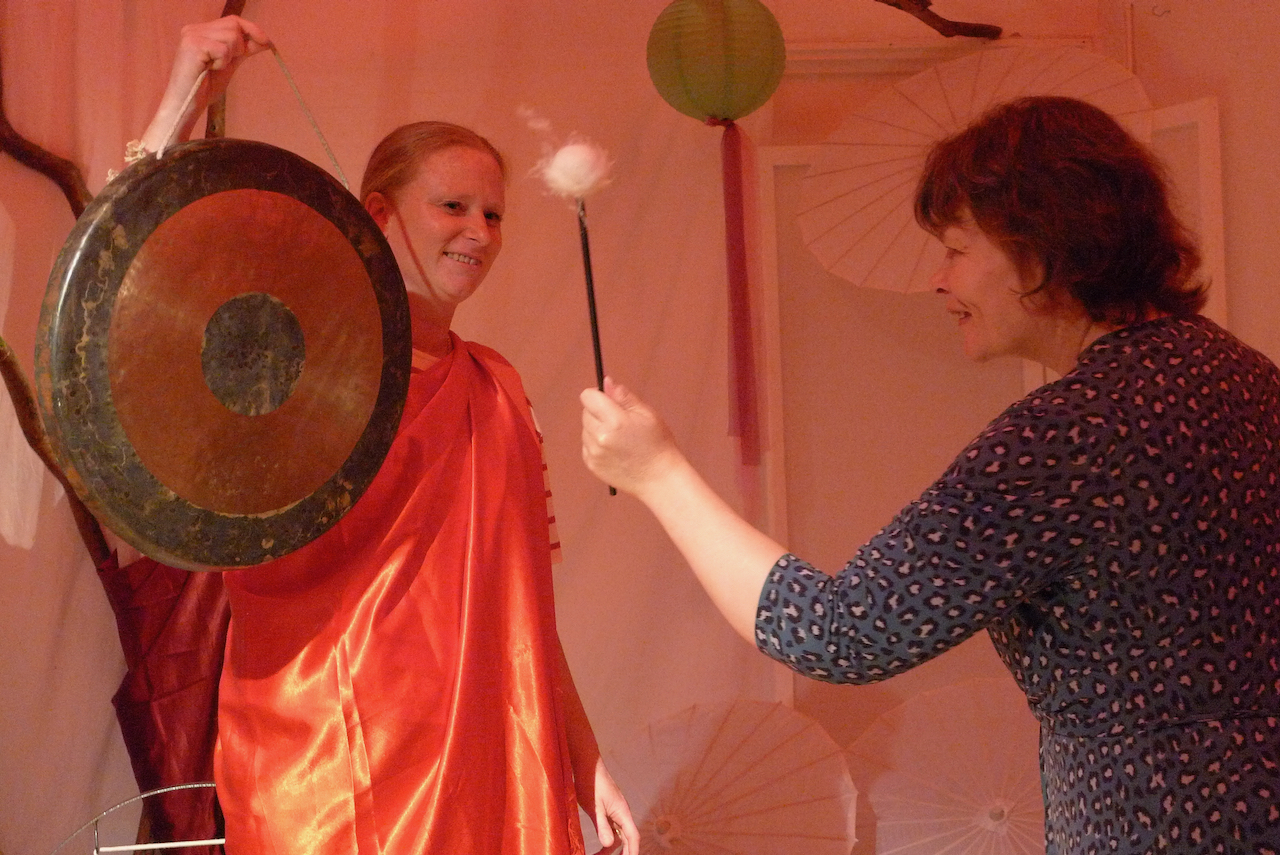
Always have plenty of beaters available so if someone is too loud or too quiet you can easily offer an alternative. There are a variety of foam grips that fit over the handles of beaters that may help some participants to hold them.
